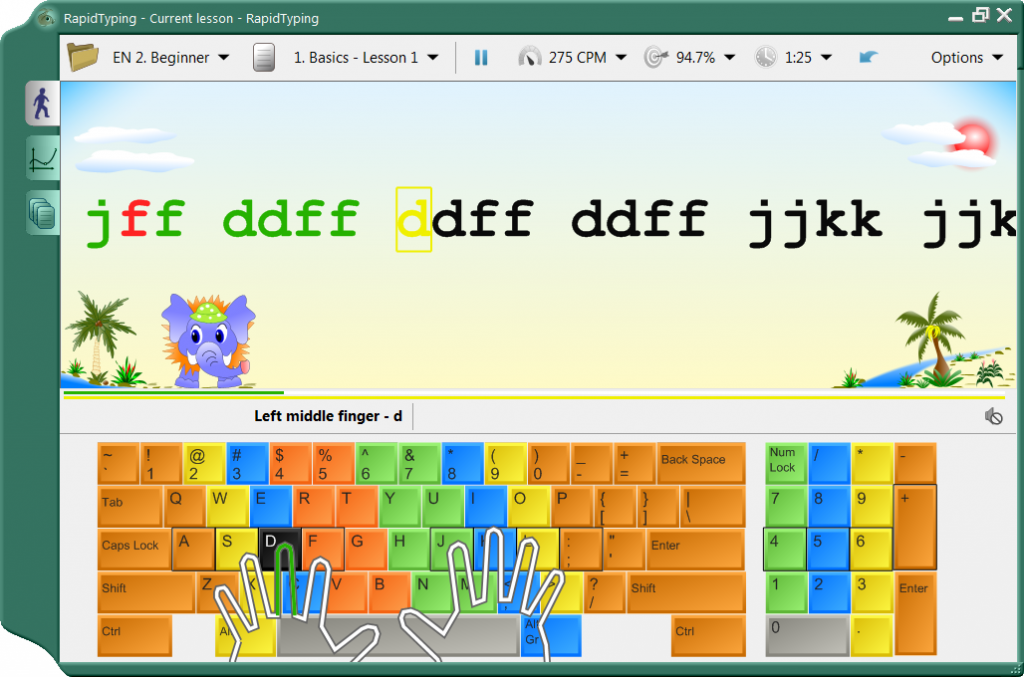Food Stamps Shopping Guide: Major Retailers, Pet Food Rules, and SNAP Benefits
Understand snap benefits at major retailers
The supplemental nutrition assistance program (snap), usually know as food stamps, provide crucial food assistance to millions of Americans. Understand where you can use these benefits and what items qualify make a significant difference in stretch your food budget. Major retailers have different policies and acceptance levels for snap benefits, make it essential to know your options before shopping.
Snap benefits work through electronic benefit transfer (edeb) cards, which function like debit cards at authorized retailers. The program aim to improve nutrition and food security for low income households while support local economies through increase food purchases.
CVS and snap benefits: what you need to know
CVS pharmacy accept snap benefits, but with important limitations. Not all CVS locations participate in the snap program, and those that do exclusively accept debt cards for eligible food items.CVSs mainly operate as a pharmacy and convenience store, so their food selection differ importantly from traditional grocery stores.
At participate CVS locations, you can purchase snap eligible items include bread, milk, cereals, snacks, and others qualify food products. Nonetheless, you can not use snap benefits fornon-foodd items like medications, vitamins, toiletries, or household supplies thatCVSs typically sell.
The key factor determine snap acceptance at CVS locations involve their food inventory levels. Stores must meet specific requirements regard the variety and quantity of staple foods they stock to qualify as snap retailers. Many CVS locations focus mainly on pharmacy services and convenience items, which may not meet these federal requirements.
Before shop at CVS with your debt card, call beforehand or check with store management to confirm snap acceptance. This save time and prevent disappointment at checkout. Additionally, verify that specific food items you plan to purchase qualify under snap guidelines.
Sam’s club snap policy and membership considerations
Sam’s club accept snap benefits at all locations, make it an excellent option for families look to maximize their food purchasing power through bulk buying. The warehouse club format allow snap recipients to stretch their benefits air by purchase larger quantities at lower per unit costs.
Nonetheless, shop at Sam’s club with snap benefits require careful consideration of the membership requirement. Sam’s club charge annual membership fees, which can not be pay with snap benefits. You must pay membership fees with cash, credit, or debit cards use your own funds.
The potential savings from bulk purchases at Sam’s club can offset the membership cost for many families. Large families or those who can share bulk purchases with neighbors or extended family members oftentimes find significant value in Sam’s club shopping with snap benefits.
At Sam’s club, snap benefits cover all eligible food items include fresh produce, meat, dairy products, bread, cereals, and other qualifying staples. The store’s bulk format mean you might purchase a 12 pack of canned vegetables alternatively of individual cans, or large bags of rice and beans that provide meals for weeks.
Sam’s club besides offer additional services that benefit snap users, include their scan & go mobile app for faster checkout and special promotions on qualify food items. The pharmacy services and gas stations at Sam’s club locations operate individually from grocery purchases and don’t accept snap benefits.
Pet food and snap benefits: understand the rules
Snap benefits can not be used to purchase pet food, include dog food, cat food, or food for any other animals. This restriction apply disregarding of the retailer or the type of pet food. The program specificallylimitst purchases to food intend for human consumption.
This rule create challenges for pet own families receive snap benefits, as pet care represent a significant household expense. The restriction exist because snap focus solely on human nutrition and food security, with federal regulations understandably define eligible food categories.
Pet food fall under the same category as other non-eligible items like soap, paper products, vitamins, and household supplies. Still if pet food appear in the same aisle as human food or cost less than human food items, snap benefits can not cover these purchases.
Families need assistance with pet food costs should explore alternative resources. Many communities offer pet food banks, veterinary assistance programs, and animal welfare organizations that provide free or low cost pet food to families in need. Local animal shelters, churches, and community centers oftentimes maintain pet food assistance programs.
Some states and localities have developed creative solutions to help low income families care for their pets. These programs recognize that pets provide emotional support and companionship, especially important for families face economic challenges.
Maximize snap benefits at different retailers
Understand where and how to shop with snap benefits help families make the most of their food assistance. Different retailers offer various advantages depend on your shopping needs and family size.
Warehouse clubs like Sam’s club and Costco provide bulk purchasing opportunities that can importantly stretch snap dollars. Nonetheless, the membership fees and large package sizes require careful budgeting and storage planning. These stores work advantageously for larger families or those who can share purchases.
Traditional grocery stores offer the widest selection of snap eligible items and oftentimes provide weekly sales and coupon opportunities. Many grocery chains have developed programs specifically to help snap recipients maximize their benefits, include double coupon days and special promotions on healthy foods.
Convenience stores and pharmacies like CVS offer limited but convenient options for quick purchases or emergency food needs. While their selection may be smaller and prices potentially mellow, they provide accessibility in areas with limited grocery store options.
Farmers markets progressively accept snap benefits and many offer matching programs that double the value of snap dollars when purchase fresh fruits and vegetables. These programs promote healthy eating while support local agriculture.
Snap eligible food categories
Understand what foods qualify for snap purchase help you shop more expeditiously and avoid checkout confusion. Eligible items include most foods for home preparation and consumption.
Staple foods form the core of snap eligible purchases. These include bread, cereals, rice, pasta, flour, and other grains that provide essential carbohydrates and nutrients. Protein sources like meat, poultry, fish, eggs, beans, and nuts besides qualify for snap purchase.
Dairy products include milk, cheese, yogurt, and butter are snap eligible, provide important calcium and protein for grow families. Fresh, frozen, and can fruits and vegetables qualify, encourage healthy eat habits among snap recipients.

Source: onceuponatefl.com
Snack foods present a gray area in snap eligibility. Chips, cookies, candy, and soft drinks technically qualify as food items and can be purchased with snap benefits, though nutrition experts encourage focus on more nutritious options.
Seeds and plants that produce food for household consumption qualify for snap purchase, support home gardening efforts that can supplement food assistance benefit long term.
Items not eligible for snap purchase
Snap restrictions help ensure benefits focus on nutrition and food security. Non-food items can not be purchase with snap benefits, disregardless of their necessity for daily life.
Household supplies like soap, toothpaste, shampoo, and clean products don’t qualify for snap purchase. These restrictions can create budgeting challenges for families who must allocate limited cash resources to these essential items.
Alcoholic beverages and tobacco products are purely prohibited snap purchases. This restriction reflect the program’s focus on nutrition and health promotion.
Hot foods prepare for immediate consumption loosely don’t qualify for snap purchase, with some exceptions for elderly and disabled individuals in certain programs. This mean you can not use snap benefits for deli counter hot foods, restaurant meals, or prepare foods from grocery store hot bars.
Vitamins, medicines, and supplements don’t qualify for snap purchase, yet when sell in grocery stores alongside food items. These products fall under health care instead than nutrition categories.
Plan your snap shopping strategy
Successful snap shopping require planning and strategy to maximize nutritional value and stretch benefits throughout the benefit period. Create meal plans and shopping lists help avoid impulse purchases and ensure you buy ingredients for complete, nutritious meals.
Compare prices across different retailers helps identify the best values for your snap dollars. While warehouse clubs offer bulk savings, traditional grocery stores might have better prices on specific items during sales periods.
Time your shopping can impact your buying power. Shop betimes in your benefit period provide access to the best selection, while end of month shopping might require more creativity and flexibility in meal planning.
Combine snap benefits with other money save strategies multiplies your purchasing power. Use manufacturer coupons, shopping store sales, and take advantage of loyalty programs help stretch your food budget far.

Source: confusedwords.org
Build relationships with store managers and staff can provide valuable information about upcoming sales, new snap policies, and special programs for benefit recipients.
Technology and snap benefits
Modern technology has improved the snap shopping experience through mobile apps, online ordering, and digital payment systems. Many major retailers straightaway accept snap benefits for online grocery orders, provide convenient shopping options for families with transportation challenges or busy schedules.
Debt card technologycontinue to evolvee to provide better security and convenience. Chip enable cards reduce fraud risk while maintain the privacy and dignity important to snap recipients.
Mobile apps from retailers like Sam’s club streamline the shopping experience by allow you to scan items as you shop and pay apace at checkout. These apps can besides help track your snap balance and plan purchases more efficaciously.
Online snap shopping has expanded importantly, with major retailers likAmazononWalmartrt, and many grocery chains nowadays accepdebtbt payments for online orders. This development peculiarbenefitsfit elderly individuals, people with disabilities, and families in rural areas with limited store access.
Community resources and support
Snap benefits work advantageously when combine with other community resources and support programs. Many communities offer additional food assistance through food banks, soup kitchens, and community gardens that complement snap benefits.
Nutrition education programs help snap recipients make the most of their benefits by teach meal planning, cooking skills, and healthy eat strategies. These programs oftentimes provide free classes and resources specifically design for people use food assistance benefits.
Local social services agencies can provide information about additional assistance programs, include utility help, housing assistance, and job training programs that address the broader economic challenges face snap recipients.
Understand your rights as a snap recipient ensure you receive fair treatment at all retailers. Store employees should treat debt transactions with the same respect and privacy as any other payment method.
Stay inform about snap policy changes and benefit updates help you adapt your shopping strategies and take advantage of new opportunities as they become available.



